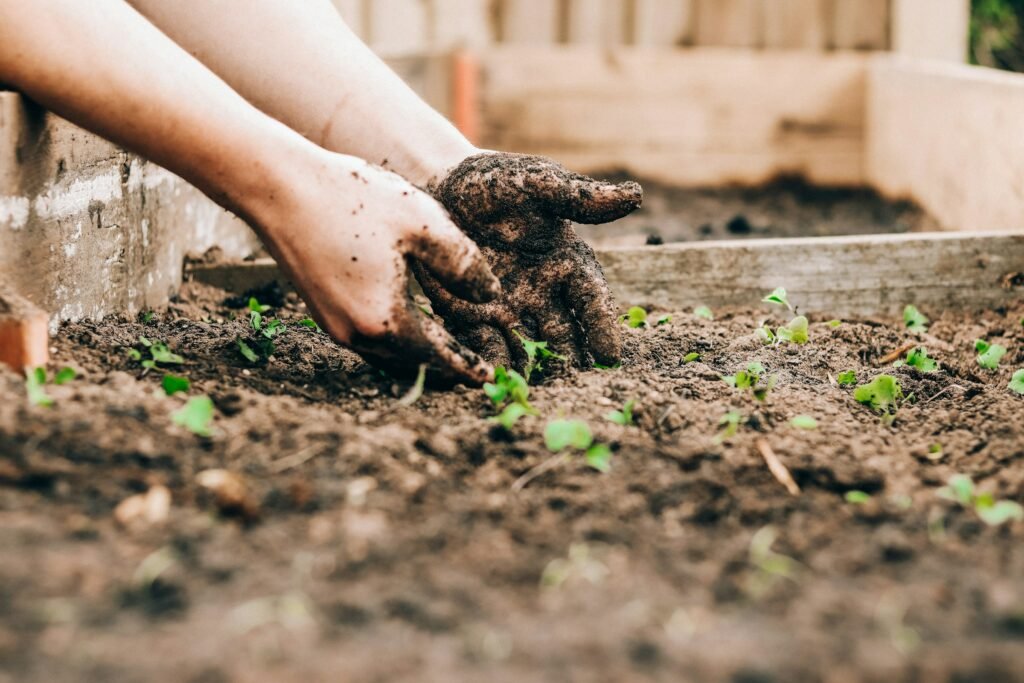The deliberation to part ways with a tree on your property is frequently a challenging decision, yet it may become an essential measure, driven by considerations of safety, aesthetic concerns, or the overall well-being of the surrounding environment. Upon the removal of a tree, a door swings wide open for a rejuvenated beginning in landscaping and the prospect of ecological restoration. In this article, we will delve into effective replanting strategies after tree removal, exploring the benefits of strategic planning and responsible tree replacement.

Assessing the Landscape
Before diving into the replanting process, it’s crucial to assess the landscape left behind by the removed tree. Consider factors such as soil quality, sunlight exposure, and existing vegetation. Understanding these conditions will guide your choice of replacement trees and ensure their successful growth.
Selecting Suitable Replacement Trees
Selecting the appropriate tree species for replanting constitutes a pivotal facet of the overall process. Factors to consider include climate suitability, soil preferences, and the ultimate size of the mature tree. Choose indigenous species whenever feasible, as they tend to be more finely attuned to the local environment and make a positive contribution to the ecosystem.
Diversifying Your Landscape
Seize this moment to enrich your landscape by cultivating a diverse array of trees, shrubs, and plants, fostering a tapestry of natural variety. Diversity not only enhances the visual appeal of your property but also supports a healthier ecosystem by attracting different wildlife species and promoting soil health.
Considering Tree Spacing
Proper spacing is essential for the healthy development of trees. Be mindful of the mature size of the selected species, ensuring that there is enough space between trees to prevent overcrowding. This not only allows each tree to receive adequate sunlight but also reduces competition for water and nutrients.
Addressing Soil Quality
Soil health is a critical factor in the success of replanting efforts. If the soil has been compacted or depleted by the previous tree, consider soil aeration and the addition of organic matter to improve fertility. Conduct a soil test to identify nutrient levels and pH, making amendments as needed to create an optimal environment for new plantings.
Implementing Watering Strategies
Newly planted trees require consistent and appropriate watering to establish healthy root systems. Develop a watering schedule based on the specific needs of the trees and the climate of your region. Consider using mulch around the base of the trees to retain moisture and suppress weeds.
Mulching for Success
Mulching is a simple yet effective strategy for supporting tree growth after replanting. Enrich the soil by spreading a layer of organic mulch around the tree base, ensuring to leave a gap around the trunk to mitigate issues related to excessive moisture. Mulch serves as a multifaceted ally, preserving soil moisture, stifling weed growth, and moderating soil temperature with its regulating properties.
Monitoring and Pruning
Regular monitoring is crucial during the initial stages of tree growth. Vigilantly monitor for indications of stress, diseases, or pest infestations, remaining attentive to the well-being of your trees. Additionally, implement a pruning schedule to shape and guide the growth of young trees. Proper pruning encourages structural integrity and enhances the overall health of the trees.
Incorporating Sustainable Practices
Consider adopting sustainable practices in your replanting efforts. Capture rainwater for irrigation, use organic fertilizers, and avoid the use of harmful pesticides. Sustainable landscaping not only benefits the environment but also contributes to the long-term health of your new trees.
Educating and Involving the Community
Share your replanting journey with the community to foster awareness and involvement. Consider organizing community tree-planting events, workshops, or educational sessions. Engaging the community creates a sense of environmental responsibility and can lead to collaborative efforts in maintaining a green and thriving neighborhood.
Replanting after tree removal is an opportunity to turn a challenging situation into a positive step toward a more vibrant and sustainable landscape. By carefully selecting replacement trees, addressing soil health, and implementing responsible planting and care practices, you contribute not only to the beauty of your property but also to the overall well-being of the environment. Remember that patience is key, as the rewards of a thoughtfully replanted landscape will manifest over time, creating a legacy of greenery for future generations.
